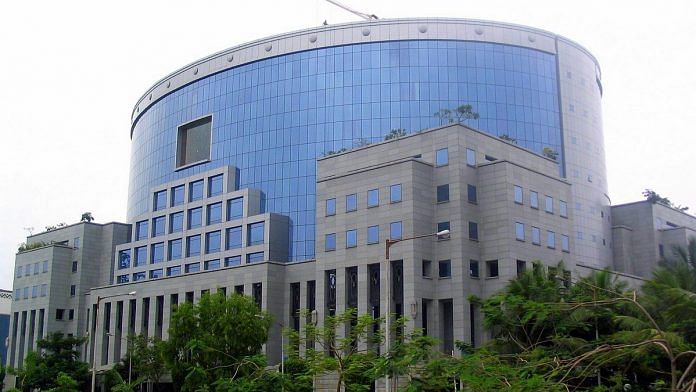Mumbai: One of Mumbai’s most prominent business districts, the Bandra-Kurla Complex (BKC), will soon get a facelift with better connectivity to the Maharashtra capital’s arterial roads and improved pedestrian infrastructure.
The Mumbai Metropolitan Region Development Authority (MMRDA), the state government agency responsible for infrastructure development in the area, has drawn up a slew of plans for the business district ahead of the Maharashtra assembly polls later this year. These range from redirecting traffic flow to ease congestion, and widening footpaths, to completing the construction of two key road connectors by the end of 2019.
“These are small measures we are taking up on the sidelines of mega infrastructure projects to make the business district actually look like a global financial centre with roads and pedestrian infrastructure in line with international standards,” MMRDA commissioner R.A. Rajeev said.
Elevated roads
By the year-end, the MMRDA hopes to complete two key elevated roads, connecting BKC to the Eastern Express Highway (from Sion to Mulund), and the landmark Bandra-Worli sea link, Rajeev said.
The first connector, a 1.6-km-long corridor, goes over suburban railway tracks to allow motorists from Mumbai’s eastern suburbs and the satellite towns of Navi Mumbai and Thane direct access to the business district, without having to go through the congested Sion-Dharavi area.
The second elevated road, also around 1.6 km, will boost connectivity to BKC from South Mumbai, by linking Bandra-Worli Sea Link to Kalanagar at the mouth of the business district.
The connectors are expected to be significant as entering and exiting BKC is currently a time-consuming process during peak hours on account of heavy traffic congestion. Traveling from one end of BKC’s 3.5-kilometre spine to the other takes close to 30 minutes during peak office hours.
To ease traffic within the business district, the MMRDA plans to experiment with a one-way system in G Block and G Text Block, two areas of BKC with a number of commercial buildings, on a pilot basis.
The idea, vetted by the traffic department, is to have one-way traffic movement on all BKC roads narrower than 30 metres in width.
“Once the one-way traffic movement starts to ease traffic and clear internal roads, we will widen footpaths to almost double their existing size,” said K. Vijayalakshmi, chief of transportation and communication at MMRDA.
“We will relay the footpaths, which currently have paver blocks, in a way that people can also carry luggage strollers,” added Rajeev. “We also plan to aesthetically improve BKC with artefacts and sculptures.”
Taking inspiration from London, Vijayalakshmi said, the MMRDA was also exploring the idea of connecting major buildings in the G and G text blocks to three upcoming Metro stations and the proposed bullet train station in BKC through elevated walkways. But this is likely to take shape over the next couple of years.
“We are in talks about this with the BKC Plot Owners’ Association and are currently finalising plans,” she said. “We hope to see them materialise in the next one or two years.”
The MMRDA also recently numbered the streets in BKC, calling the main spine ‘BKC Complex Avenue’, and its several connecting roads ‘Avenue 1′, ‘Avenue 2′, ‘Avenue 3’, and so on.
Also read: Next govt has golden chance to transform Mumbai into financial powerhouse like Shanghai
Mumbai’s business hub
Till two decades ago, commercial activity in India’s economic capital was concentrated in South Mumbai, in areas such as Fort, Nariman Point and Ballard Pier.
However, with the development of office spaces in BKC and the opening up of mill lands in central Mumbai, the activity has moved northwards, making the business district and pockets of central Mumbai, such as Lower Parel, the city’s most-wanted commercial addresses.
In a July 2018 report, CBRE, a US-based commercial real estate services and investment firm, said BKC commanded an annual rent of $96.51 (approx. Rs 6,800) per square foot as against $72.80 (approx. Rs 5,100) at Nariman Point.
According to a report by Knight Frank, a UK-based real estate services firm, rentals at BKC grew 5 per cent in the second half of 2018, mainly due to low vacancy levels and strong demand, while those in the commercial areas of South Mumbai dropped during the same period.




London touch, my foot. Even maintaing a storm water drain is a distant dream.
True, the politicians have been fooling people for ages. We definitely have the most undesirable cities in the world. Even cities like Male and Colombo are far better. By comparison with those cities, those cities and also the Indian people are being insulted